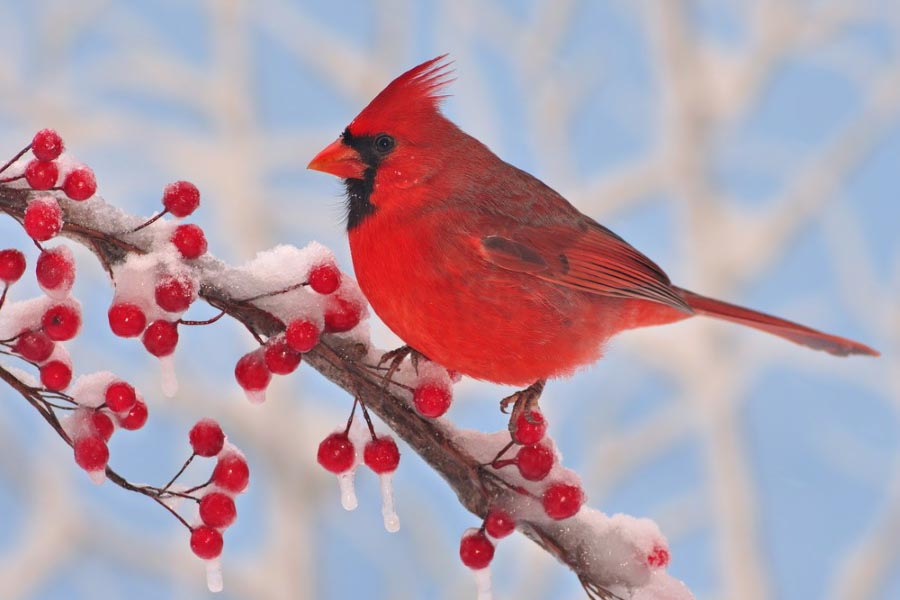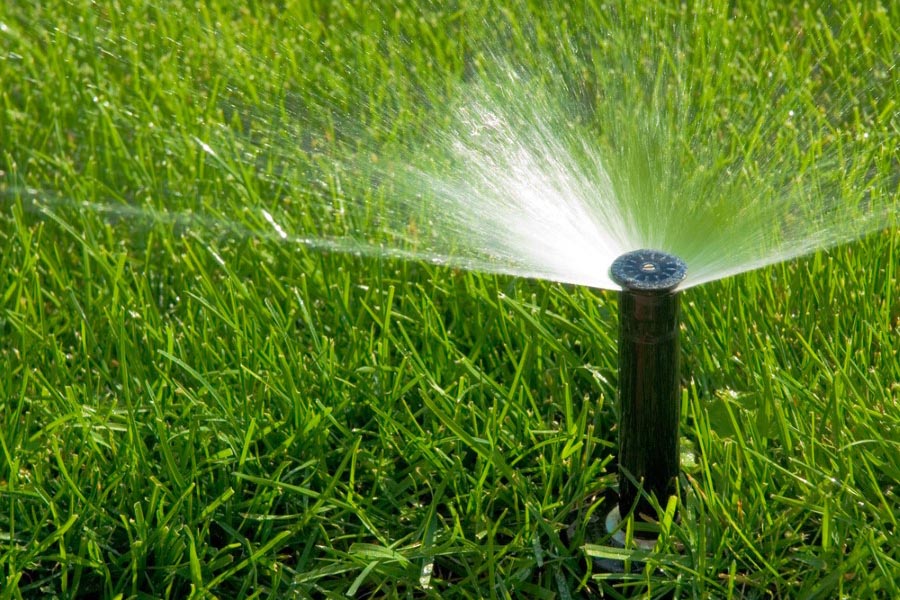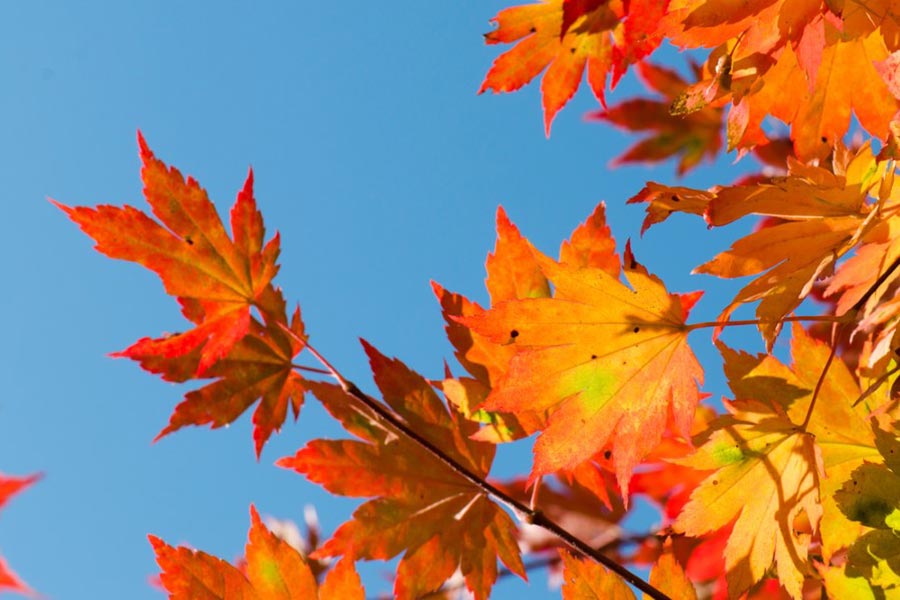Summer Tips
Summertime! Just when we most want our lawns to be thick, lush and green for outdoor activities, Mother Nature has other plans.
She hits us with high temperatures, drought conditions, turf diseases, weeds and insects. Growth slows, color fades, grass thins, and many lawns go dormant, turning brown and brittle until fall. We try our best to fight her, but we can’t win! However, there are a few things we can do to help our lawns make it through the summer.
Lawn Care
- Most lawns in our area are cool season grasses, such as tall fescue. They thrive in temperatures of 60◦ to 75◦.
- Cool season grasses do not do well in temperatures above 75◦. Growth slows down.
- When temperatures hit 90◦+ grass growth can stop all together.
- Keep mower blades sharp.
- Raise the mowing height to its highest setting. Taller grass stands up better to weeds and drought.
- Mow cool-season type grasses, like fescue, 3”- 4” high.
- Mow warm-season type grasses, like zoysia, 2”- 3” high.
- Don’t take off more than 1/3 of the blade at a time.
- Water the lawn deeply and infrequently, 1” to 2” per week.
- Water early in the day, before 10:00 a.m.
- Resist the urge to fertilize the lawn in mid-summer.
- Most lawns will survive the summer, but will need some help to recover in the fall.
- Newly spring seeded lawns may not survive the summer, because they did not have much time to establish a good root system before the heat.
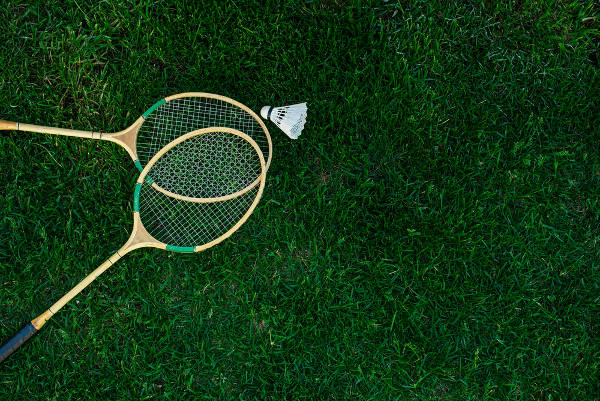
Weed Control
- Even though the grass may slow its growth, the weeds do not.
- Weeds will keep coming and move right in to occupy the thin areas where your beautiful grass was a few weeks before.
- Most of the weeds you see in the summer could have been prevented or reduced by applying pre-emergent weed controls in the spring.
- Apply post-emergent control to existing weeds if necessary.
- Do not apply chemical weed control on windy days or when temperatures are above 90 degrees.
- Always read and follow label directions.
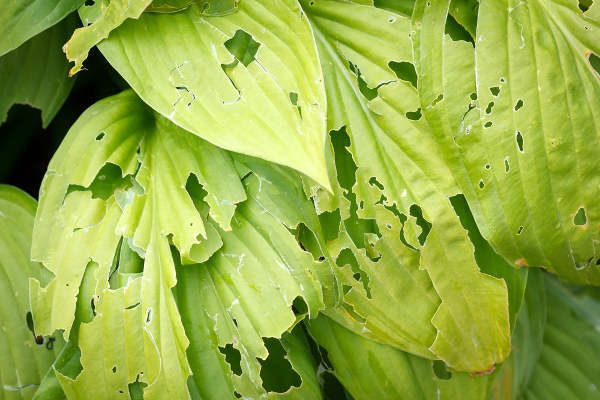
Pest Control
- Pests are out in force during the summer. Monitor your lawn and garden regularly to catch problems before they get out of hand.
- Good cultural practices are the best controls. Plant carefully and in the correct spot. Follow with proper watering, fertilizing and other care as needed.
- Use physical controls first, hand picking, pruning, water sprays and traps.
- As a last resort use chemical controls.
- Check now for insects like aphids, spider mites and scales.
- Inspect susceptible plants for Japanese Beetles and Bagworms. Both eat leaves and can do a great deal of damage to your trees and plants.
- In August, treat for white grubs in your lawn if needed.
Miscellaneous
- Until the root system of trees and shrubs are established (which may take 1-2 years) check the soil for moisture. Feel the soil on the side of the root ball about 4” down. Check small plants every 2-3 days, larger plants every 3-5 days during hot, dry days. Water thoroughly until the entire root ball and surrounding soil are wet.
- Bedding plants, container plants, and especially hanging baskets may need to be watered daily during the summer.
- Wilted leaves can result from the soil being too dry or too wet. Check the soil an inch down before watering.
- Most annuals, either in the ground or in containers will benefit from a dose of fertilizer every 2-6 weeks. They are heavy feeders, but check the requirements for your specific plant.
- Flower beds should have a few inches of mulch to keep the roots cool, the weeds down and help retain moisture. Don’t let the mulch touch the trunk or stems of plants and trees.


